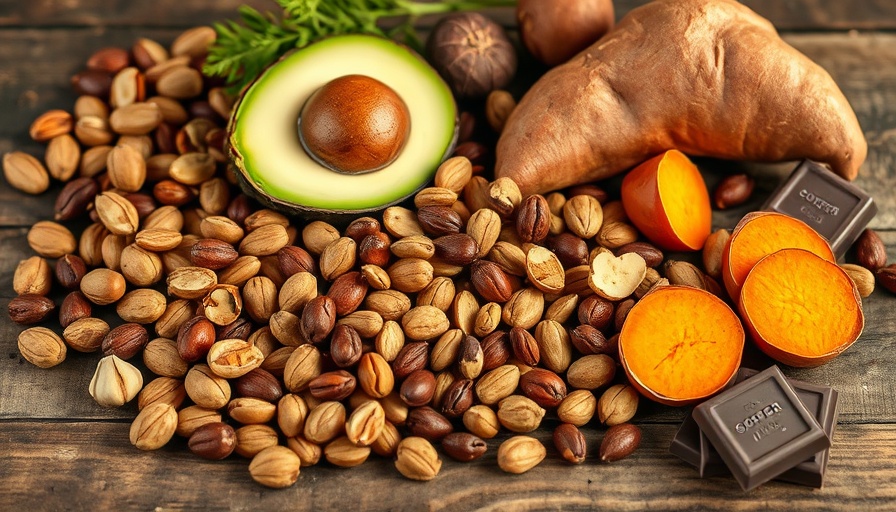
The Surprising Role of Copper in Brain Health After a Stroke
When we think of nutrients essential for our health, copper might not be the first that comes to mind. However, a recent study has surfaced highlighting the potential benefits of copper in protecting brain health, especially after a stroke. For men aged 35-55—many of whom prioritize fitness and overall well-being—this revelation opens up new avenues for understanding and improving brain resilience.
Understanding the Connection Between Copper and Stroke Recovery
Research suggests that copper plays a significant role in the regeneration of nerve cells within the brain—a critical factor after experiencing a stroke. Copper is involved in the production of several enzymes that facilitate cellular repair and protection against oxidative stress. When these protective mechanisms are compromised, as often occurs post-stroke, integrating copper into one’s diet may provide essential support for recovery.
Nutritional Insights: How to Incorporate Copper Into Your Diet
While supplements are an option, naturally enriching your diet with copper can be both gratifying and beneficial. Foods like shellfish, seeds (especially sunflower seeds), nuts (like cashews), whole grains, and dark chocolate are rich sources of copper. Gradually introducing these elements into your meals can be an enjoyable way to bolster your intake without the hassle of pills.
Real-Life Benefits: A Personal Journey
Consider the experiences of individuals who have adjusted their diets to include more copper-rich foods. Many report not just improved brain function but also enhanced energy levels and overall vitality. Personal anecdotes abound among fitness enthusiasts who note that embracing a more varied diet helps them in recovery and peak performance post-exercise.
Myth Busting: Understanding Nutrient Overload
A common misconception is that more is always better. While copper is essential, it is crucial to find a balance as excessive intake can lead to toxicity. This balance is especially significant for professionals and athletes striving for optimal performance and health. By focusing on a diversified diet, you can adequately meet your copper needs without overloading.
Moving Forward: Future Trends in Health and Nutrition
As research continues to unfold, we may see broader public awareness around the role of trace minerals like copper in health and recovery. The emphasis on personalized nutrition could lead to more augmented ways to leverage dietary choices for brain and overall health.
Call to Action: Embrace Your Health Journey
For men striving to enhance their fitness and health, understanding the role of nutrients like copper is key. Start incorporating copper-rich foods into your diet today—they might just help support your brain health in ways you never considered before. Share your experiences with dietary changes and let’s inspire each other towards better health!
 Add Row
Add Row  Add
Add 




Write A Comment